In a world of accelerating digital change, efficiently managing your workforce is not only a benefit—it’s a requirement. If you have a small team or a big company, knowing what workforce management is and using the suitable tools can make a huge difference in productivity, compliance, and worker satisfaction.
Contemporary businesses require more than time-tracking and payroll software—complete workforce management software to plan, track, and optimize human resources. As work patterns transform into hybrid and remote models, old ways of doing things are becoming outdated. This is where a digital workforce management system steps in, providing centralized control, automation, and analytics that drive productivity.
Here in this article, we will clarify what workforce management actually is, discuss its primary characteristics, and present some of the top workforce management tools currently used. Whether you’re a workforce management expert or a business leader considering options, this guide is your go-to resource.
What Is Workforce Management Software?
Workforce Management (WFM) is the suite of integrated processes that organizations employ to maximize the productivity of their labor force. It entails forecasting workforce requirements, scheduling employees for shifts, monitoring hours worked, managing time off, and maintaining compliance with labor regulations.
Workforce management is not merely about scheduling shifts—it’s about matching human capital with corporate objectives. An effective WFM plan ensures that the correct individual is in the correct position at the correct time.
Major Components Are:
- Tracking of time and attendance
- Staff scheduling
- Performance management
- Labor forecasting
- Compliance and reporting
If you’ve ever wondered, “what is workforce management?“—then this is it. It’s the strategic connector between your people and your business results.
Why a Digital Workforce Management System Matters?
Those days are gone when employee information had to be dealt with in spreadsheets or on paper-based timetables. A digital workforce management system consolidates and simplifies these processes, making them more accurate and less labor-intensive.
Why Be Digital?
- Instant access to data: View attendance, productivity, and costs in real-time.
- Cloud flexibility: Control teams remotely.
- Automation: Eliminate human errors and manual interventions.
- Data-driven decisions: Use analytics to make more informed staffing decisions.
Digital workforce management not only minimizes operational headaches but also maximizes transparency and employee happiness.
Workforce Management for Remote Teams
With remote work going mainstream, organizations are confronted with novel challenges in monitoring employee performance, engagement, and availability.
Remote workforce management solutions are poised to solve these challenges by providing:
- Geo-location monitoring and virtual check-ins.
- Task tracking and productivity reports.
- Communications and collaboration capabilities.
- Secure data access for remote teams.
By incorporating remote workforce management into your plan, you can maintain business continuity even if your team is geographically scattered across cities or continents.
Major Workforce Management Software Features
The top-of-the-line workforce management software should come with an arsenal of features to enable strategic workforce planning and management. Below are some functionalities you cannot afford to miss:
Intelligent Scheduling
Artificial intelligence-driven shift scheduling and auto-resolving of conflicts based on availability and labor laws.
Time and Attendance Tracking
Electronic clock-ins/outs, biometric integration, and real-time tracking for accuracy.
Analytics and Reporting
Insights into employee performance, absenteeism, overtime, and labor costs to inform better decisions.
HR and Payroll Integration
Smooth integration with current HR and payroll systems to automate processes.
Multi-Location Support
Perfect for companies operating across multiple regions or managing remote workforce management installations.
Best Workforce Management Tools in the Market
If you’re on the hunt for the best workforce management tools, here are a few top contenders:
- AHALTS Total Workforce Management A comprehensive tool that offers scheduling, time tracking, performance management, and compliance features—perfect for both on-site and remote teams.
- Kronos (UKG) Popular in enterprise environments with advanced analytics and workforce forecasting.
- BambooHR Combines HR tools with workforce management capabilities for small to mid-sized businesses.
- Deputy Known for intuitive scheduling and mobile-first design, ideal for shift-based teams.
- Workday Robust but complex, suitable for large enterprises with diverse workforce needs.
Choosing the right tool depends on your company size, industry, and workforce dynamics.
How Workforce Management Professionals Optimize Operations?
A workforce management professional serves as the bridge between strategy and delivery. Using workforce management tools, these professionals help to:
- Predict staffing needs.
- Manage labor expenses.
- Track compliance with employment legislation.
- Improve productivity through evidence-based decision-making.
- Manage remote and hybrid work arrangements.
- Achieve digital transformations.
By merging knowledge with technology, workforce management professionals help companies to maximize their human capital.
Advantages of a Total Workforce Management System
A total workforce management system such as that provided by AHALTS does more than just simple scheduling and attendance. It integrates all the essential components of HR, compliance, and labor optimization into one solution.
Key Benefits:
- Increased Productivity Remove inefficiencies and assign tasks efficiently.
- Cost Savings Minimize overtime, avoid overstaffing, and monitor labor budgets.
- Compliance Assurance Keep up to date with labor laws, work timings, and wage rules.
- Enhanced Employee Engagement Provide flexibility and transparency through employee self-service capabilities.
- Scalability Whether you have a small team or a large, distributed workforce, a complete solution grows with your business.
Workforce management is not merely a back-office process—it’s a strategic advantage. With the appropriate workforce management software, companies can automate, save money, and keep workers happy and productive. As the modern workplace changes, implementing a digital workforce management system is no longer a choice—it’s necessary.
Whether you’re working with a global workforce or dealing with remote work issues, solutions such as AHALTS Total Workforce Management are designed to make you successful.
Ready to Redesign Your Workforce Strategy?
Begin improving your workforce with AHALTS. Find out how our total workforce management system can help your business simplify its operations and increase worker performance.
Frequently Asked Questions
What is workforce management?
Workforce management is a series of processes applied to enhance employee productivity, such as scheduling, time management, and measuring performance.
How does a digital workforce management system assist?
It streamlines manual HR processes, enhances data accuracy, and allows remote monitoring of employees’ performance and attendance.
What are the best workforce management tools?
AHALTS, UKG (Kronos), Deputy, BambooHR, and Workday are among the top tools with distinct features based on your business requirements.
Is workforce management software appropriate for remote teams?
Yes. Several solutions feature remote team–specific capabilities such as virtual presence, task tracking, and scheduling remotely.
Who uses workforce management software?
Workforce management software is utilized by HR departments, operations teams, and workforce management professionals to make labor-related work easier and generate better business outcomes.




